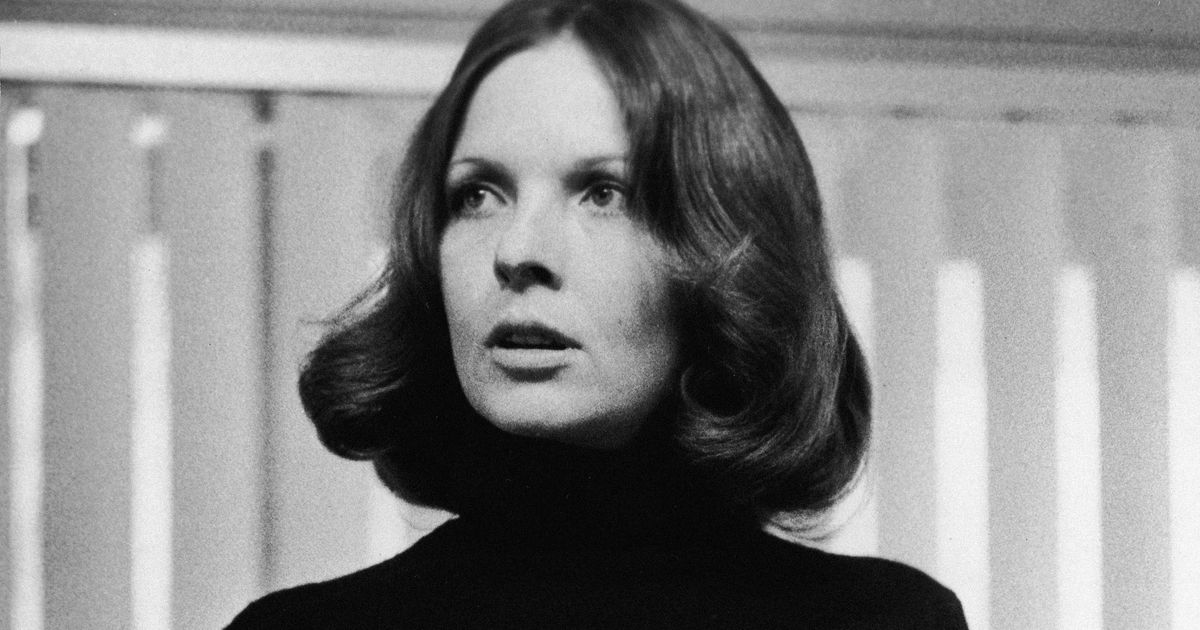
"Diane Keaton appeared in 60 films, performed more than two dozen television parts, earned four Best Actress Oscar nominations (and one win, for 1977's), accrued multiple directing credits (including an episode of ), and wielded seismic influence on women's fashion. All of it was driven by a quest to understand and embody beauty - a word that haunted her since her father told her on her 15th birthday that she was pretty. Keaton didn't want to be pretty. She wanted to be beautiful."
"As the Los Angeles native recalled in one of her eight books, a memoir titled Let's Just Say it Wasn't Pretty, Keaton loathed the word. She hated it when her mother, a housewife and amateur photographer, told her she had a pretty smile. And she hated it when a teacher complimented her on a pretty dress. "I was old enough to understand that pretty was a poor cousin to beautiful," Keaton writes. "Pretty was the right dress from Bullock's department store, not a beatnik tunic with black tights and a beret. Pretty was Sandra Dee, easy and light. Pretty fades." But beautiful, Keaton continues, "makes you come back for more. It makes you ask questions. It's vast, unknowable, and magnificent ... I've been chasing it ever since.""
"Cinema, popular culture, fashion, and the general perception of women's attractiveness all benefited from Keaton's lifelong creative mission. The remarkable consistency of her life's work came from her understanding of coded languages and the difference between superficiality and profundity, the fleeting and the eternal. Her restless mind ultimately found beauty in men's clothes from secondhand stores, in prewar Los Angeles buildings (she served on the board of the L.A. Conservancy and narrated their ads and historical videos), in non-prescription reading glasses (she had her own line, Keaton Readers), and in vivid speculations about what holds meaning in this life on earth and what comes after it."
Diane Keaton built a multifaceted career across film and television, appearing in 60 films and more than two dozen television parts, earning four Best Actress Oscar nominations and one win in 1977. She added directing credits and shaped women's fashion through a distinctive aesthetic rooted in a lifelong pursuit of beauty rather than superficial prettiness. The pursuit began after her father called her pretty at age fifteen and led her to reject fleeting trends. She found beauty in men's secondhand clothing, prewar Los Angeles architecture, nonprescription reading glasses, and preservation work with the L.A. Conservancy.
Read at Vulture
Unable to calculate read time
Collection
[
|
...
]